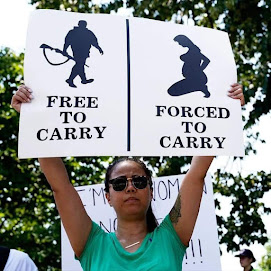The computer science used to create the programs behind these videos can be extremely complex, much more intense than what is used for simple deepfakes. Intricate algorithms and computer science terms like general adversarial networks (GAN) and deep neural networks pepper the academic papers of the more advanced video-editing techniques.
Generally, what these programs do is examine the video of a subject frame by frame and "learn" the subject's size and shape and movements so that they can be transferred to another subject on video. Whereas deepfakes have been limited mainly to swapping out the subjects' faces, the more advanced programs can transfer full 3D head positions, including things like a head tilt or a raised eyebrow or a set of pursed lips. Some work has been done on entire body movements.
The more these programs detect, the more variables that these networks are fed and "learn," the more efficient, effective and realistic the videos become.

































No comments:
Post a Comment